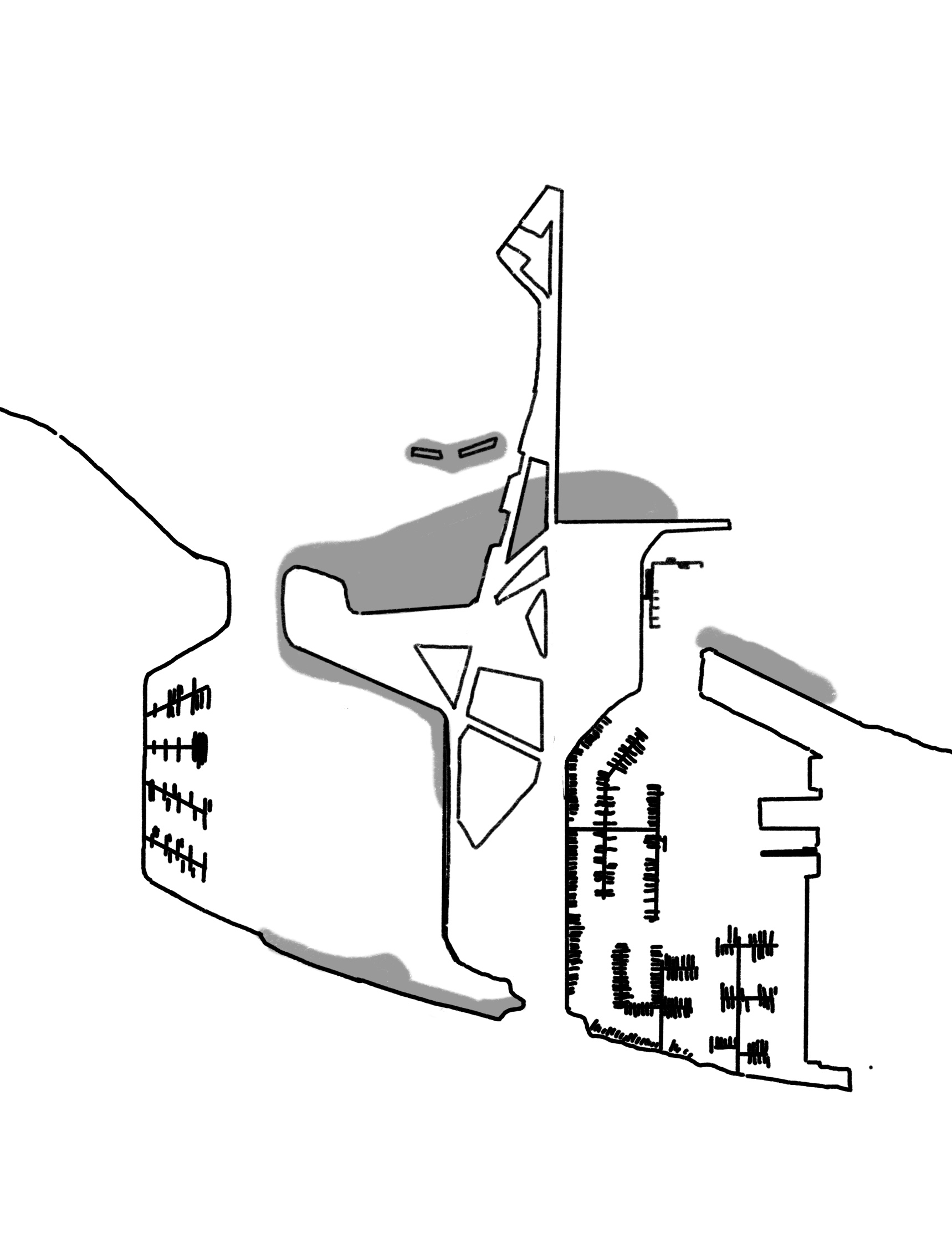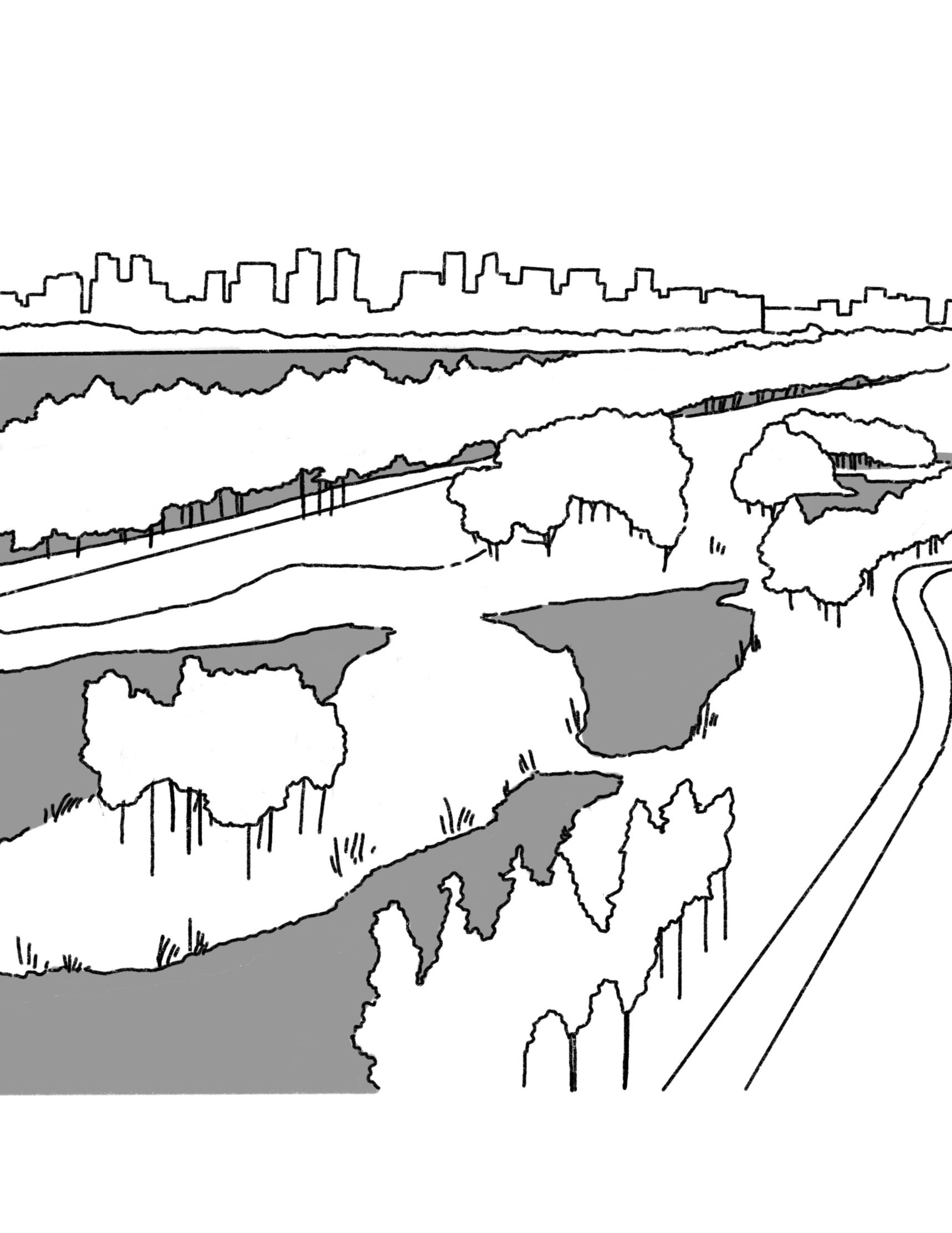Strategy
Mitigation
Regenerate Natural Carbon Sinks
Create new grasslands, forests, and/or wetlands (coastal, marsh, mangrove, seagrass, freshwater, peat bog, swamp)
Options
Case Study
The Orongo Station Conservation Master Plan by Nelson Byrd Woltz created wetlands on a large sheep ranch where 200 acres had been previously drained. 58 acres of freshwater wetland with chain ponds and 17 acres of tidal saltwater wetland were constructed or restored. The freshwater Orongo and Te Mamaku wetlands were planted with three mixes according to submersion frequency.

Restore degraded grasslands, forests, and/or wetlands (coastal, marsh, mangrove, seagrass, freshwater, peat bog, swamp)
Options
Case Study
Ken Smith Workshop and Rogers Partners were tasked with rebuilding the 1970s-era St. Pete Pier. The old pier was largely a road with parking, whereas the new pier is open at the center and sheltered by a new breakwater. The light and reduced wave action likely resulted in increased seagrass bed growth. From before project completion to after, there has been a 43% increase in continuous seagrass area. The new pier design, along with the restoration efforts of the Tampa Bay Estuary Program, has resulted in a carbon sink over two acres.

Create new grasslands, forests, and/or wetlands (coastal, marsh, mangrove, seagrass, freshwater, peat bog, swamp)
Options
Case Study
The East Lake Greenway is a 3.5 mi greenway through the middle of the largest urban lake in China (Dong Hu). SWA Group designed the linear park along an existing spine of causeways linking fish ponds. The plan enhanced people-oriented slow mobility by residents of the megacity and also expanded the wetlands and deep marshes. The Greenway was so well used after opening, a second phase was added.
